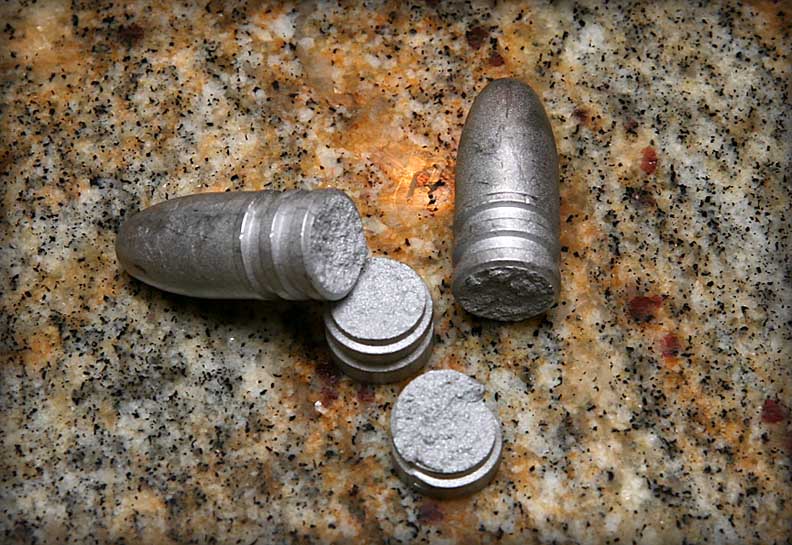I've been lurking on the forum and picking up a ton of info for a little bit now. A few questions still elude me when it comes to casting. So I figured I'd start a thread and get some direct input and try to get up to 30 posts so I can post a WTB thread while I'm at it!
It is clear that there are a ton of variables involved in working up a good boolit and a good load for it. Hardness of the boolit, diameter, lubricant, powder selection, powder charge... and so on. Question is, when you don't have a well established load that you are just adjusting one parameter for, were do you start? Which variables are least impacted by changes in other variables? If I have a boolit I want to develop a load for, do I experiment with different diameters first or different powder charges first? Different types of powder or different amounts first? I would expect that starting .001 over with a middle of the road lube and a powder popular for that round then tuning powder charge first would be good. Then tweaking diameter (up 001, down 001...), playing with seating depth whatever may be possible, then working on trying slightly more or less viscous lubes, then repeating the process with the next boolit would be the most sensible course of action?
Related question: I have a few different books. I am currently looking at a Lyman 49th and a second edition Lee book primarily. I am frequently finding rather large differences between what different books give for starting/max loads with a given powder. If the boolit is of the same weight but a different design that would explain some of the difference, but I have run across a couple examples of max recommendations in one book that were under the starting recommendations in another book for a slightly different boolit of the same weight. What is an advisable approach to this situation, and what part of the picture might I be neglecting to consider here? Seeing things like that make me skeptical. I suppose one can never go wrong with starting at the lowest published load and working up slowly watching for pressure signs with each increase up to the highest published max, but is this variance between publications just par for the course?
Lastly, pour temperature and mold temperature. I have seen people say they like to pour very hot all the time, 800-850, many say 700-750, some say under 700, my Lyman lead thermometer shows a recommended range up to 750, some heat molds between pours, some cool them... I understand that the type of mold material and the total lead volume in the cavities vs. the amount of mold material in the block affects how much heat the mold takes from the pour and all, but what I'm trying to balance is how hot to keep the mold vs. how hot to keep the pot. Starting with a hot pot gets the mold warmed up faster so I get nice boolits with no wrinkles. Then once the mold gets good and hot I start seeing bad sprue cuts where it looks like the sprue plate kind of drags some lead out of the middle of the boolit and leaves a little divot in the base. When I see this I turn the pot down and try to maintain somewhere in the neighborhood of 750. If the pot gets much cooler I get more prone to wrinkles. If I go to fast though and don't let the sprue set for long enough I still get these divots instead of clean sprue cuts. If I try to cool the mold down by leaving it open for a bit between pours, or trying the two mold technique, then I run in to wrinkles or incomplete fills and rounded edges on the bases of the boolits. Of course turning the pot down much more, below 700 usually, ends up making it very hard to get a good fill. I tried a cool pot, 600-675, and just keeping the pace up as fast as I could but that resulted in boolits that were not round even after being dropped on a bench cushioned with a towel because they hadn't set up enough before dropping. This is all with two cavity aluminum molds as that is all I have at this point. All that said, I am able to crank out plenty of decent boolits but this game of chasing a good fill and a good sprue cut seems to be never ending. I can't find a balance that gives me good consistency. What advice do the seasoned veterans of casting have to offer on this matter? Is this less of an issue with an iron or brass mold?

|
   
   
|


|



 Reply With Quote
Reply With Quote























